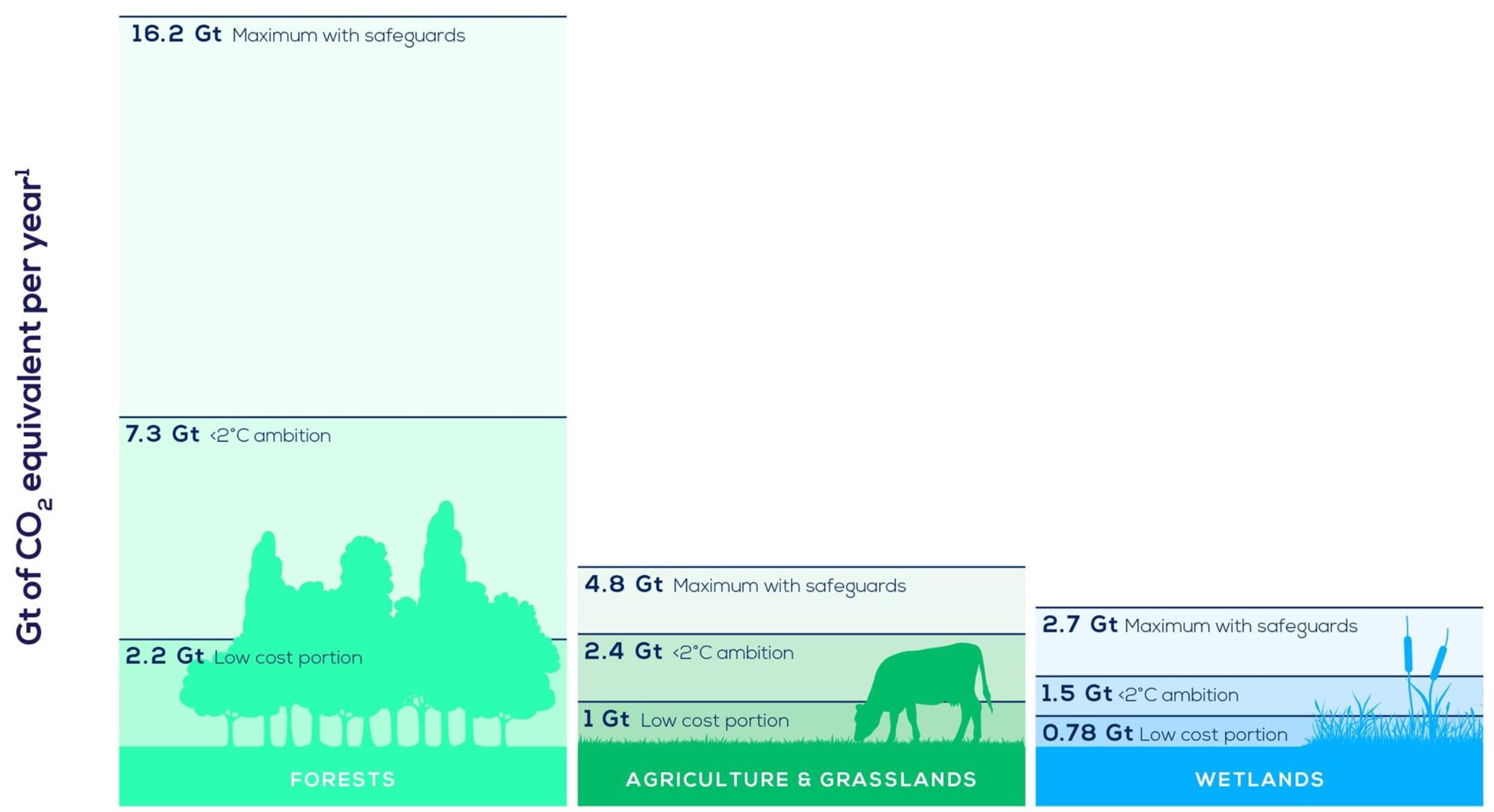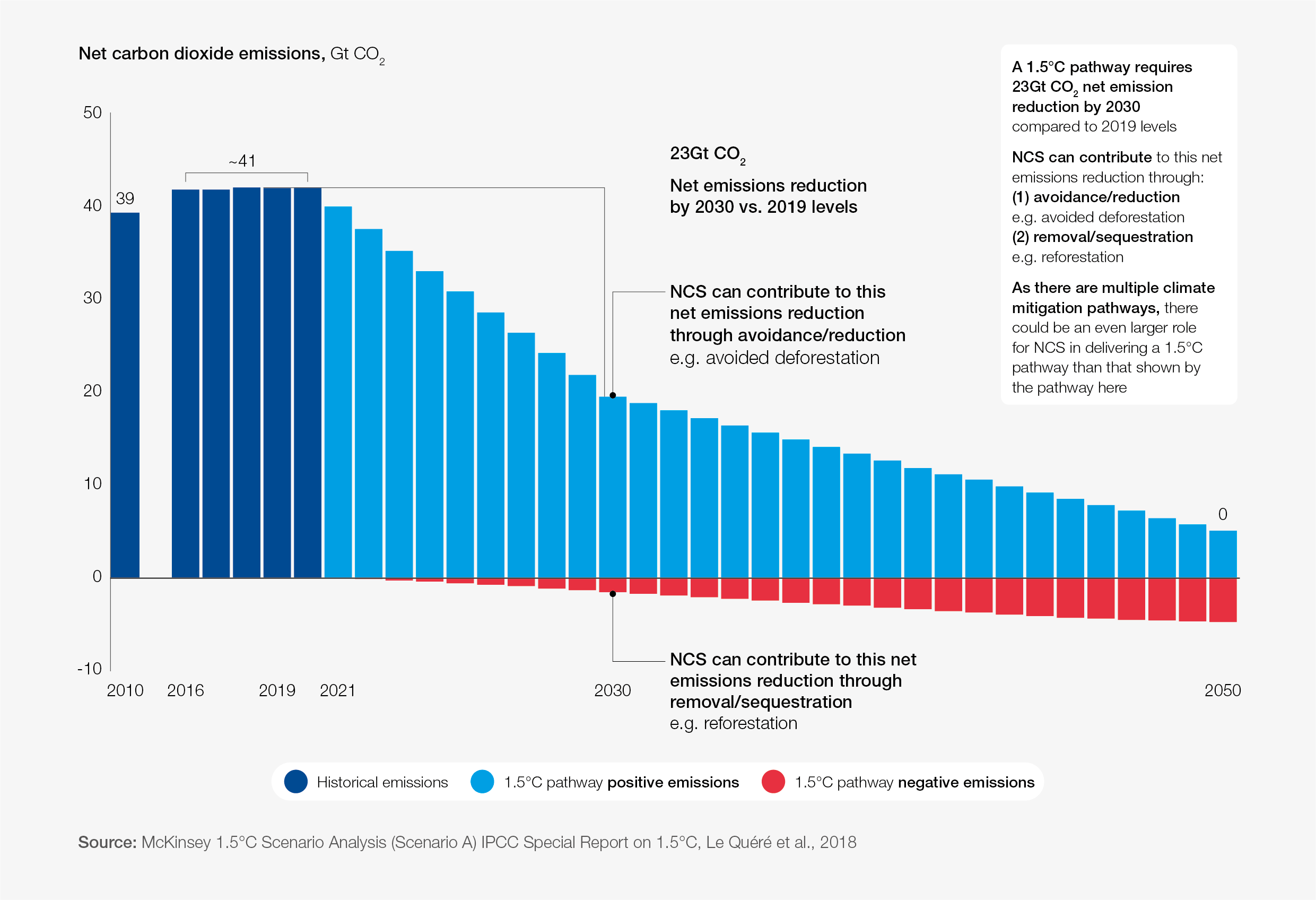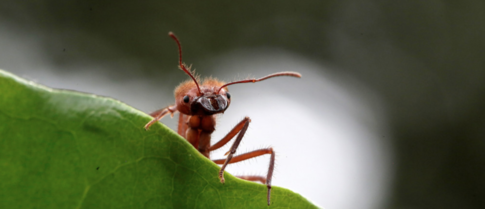- Our consumption of animal protein is the source of greenhouse gas and climate change.
- Insects are an overlooked source of protein and a way to battle climate change.
- The consumption of insects can offset climate change in many ways.
We’ve been conditioned to think of animals and plants as our primary sources of proteins, namely meat, dairy and eggs or tofu, beans and nuts, but there’s an unsung category of sustainable and nutritious protein that has yet to widely catch on: insects .
Before you say “yuck,” hear us out.
Most of us aren’t accustomed to regarding insects as food. But, the nutritional difference between sources of protein is relatively small. For instance, plant proteins lack some essential amino acids that animal proteins possess, but the major differences between insect and other sources of protein exist largely in the cultural and environmental realm.
Mainly, we are accustomed to regarding insects as beneath our palate.
But consider five reasons why insects are an excellent alternative source of protein and significantly reduce our carbon footprint.
1. Edible insects can produce equivalent amounts of quality protein when compared to animals.
A recent study showed that insects offer between 9.96 and 35.2 grams of protein per 100 grams, compared with between 16.8 and 20.6 grams for meat.
Of course, not all insect protein is created equal. For instance, crickets, certain ant species and mealworms are known to be protein and calorie dense stars in the insect-consumption world. One easy way of integrating insect protein into your diet would be through cricket protein powder, used in the place of your typical protein supplement powder.
2. Insects require less care and upkeep than livestock.
The argument that insects are a good source of protein is compounded by the fact that their production uses considerably less resources (less land, less feed, less water, less transport fuel and less human labor) than animal livestock while possessing a much smaller carbon footprint. .
Plants, on the other hand, do not produce greenhouse gases. However, they do require land and machinery use, water use, manufacturing, processing and transportation, among other matters — all, during which, carbon is emitted.
It’s critical to consider how to lower our carbon footprint and make a difference in climate change through our understanding of how food goes from the source to our mouths.
3. We’re actually running out of protein.
By 2050, the earth will have nearly 10 billion people. The demand for protein will exceed our ability to procure it.
That’s a scary thought. Protein is the workhorse of the human cell. Without it, the body cannot produce some of the essential amino acids we need to live.
For our long-term survival, we’re going to need to increase our food output and decrease our carbon emissions at the same time.
The answer requires real innovation about food production and what we think about food.
By 2050, the earth will have nearly 10 billion people. The demand for protein will exceed our ability to procure it.
—Amrou Awaysheh and Christine J. Picard
4. Insects are part of a virtuous eco-cycle.
Imagine this: Insects feeding on organic materials from other processes, such as spent grains from brewery operations, thus preventing additional waste from going into landfills, and providing added value to the brewery and feed for the insects.
This is called circular agriculture, diverting materials from landfills, which produces 20% of the global anthropogenic methane emission and are the second highest producers of greenhouse gas. Using insects as inputs for another function closes the cycle and also positively impacts climate change.
This circular value chain will continue to help decrease emissions, as disposed organic materials no longer end up in landfills, producing methane and other harmful gases in the process.
The world faces converging environmental crises: the accelerating destruction of nature, and climate change.
Natural climate solutions (NCS) – investment in conservation and land management programs that increase carbon storage and reduce carbon emissions – offer an important way of addressing both crises and generate additional environmental and social benefits.

Research conducted for the Forum’s Nature and Net Zero report confirms estimates that NCS can provide one-third of the climate mitigation to reach a 1.5° and 2° pathway by 2030—and at a lower cost than other forms of carbon dioxide removal. This report builds on the recommendations from the Taskforce for Scaling Voluntary Carbon Markets, and identifies six actions to accelerate the scale-up of high-quality NCS and unlock markets through the combined efforts of business leaders, policymakers and civil society.

To foster collaboration, in 2019 the Forum and the World Business Council for Sustainable Development came together to establish the Natural Climate Solutions Alliance to agree public and private stakeholders with the purpose of identifying opportunities and barriers to investment into NCS.
NCS Alliance member organizations provided expert input to develop the Natural Climate Solutions for Corporates, a high-level guide to the credible use of NCS credits by businesses.
Get in touch to join our mission to unleash the power of nature.
5. You can start small and work your way up.
Maybe you’re not quite ready to eat an insect. Fair enough, but there are small and meaningful ways to introduce insect proteins into your food chain.
How about incorporating it as livestock feed or purchasing animal proteins that have fed on insects?
The environmental impact of the feed that is used in raising these animals is substantial. Approximately 45 percent of the greenhouse gas emissions in animal production is due to the feed production for the animals to consume.
It doesn’t have to be that way.
Did you know a chicken’s natural diet before domestication included insects? Think about that for a moment. Instead of growing corn for animal feed, we could raise chickens and other animals on insect protein. The result is a chicken that tastes the same with an improved environmental impact.
Switching to pet food that contains insect protein is an important way you can make a real impact on the environment. Dogs and cats currently consume one quarter of the meat that is produced in the US
There are so many ways to reduce your carbon footprint in food consumption, and they don’t require you to eat crickets for breakfast, but as the saying goes, “Don’t knock the chocolate-covered scorpion until you’ve tried it. ”
.

